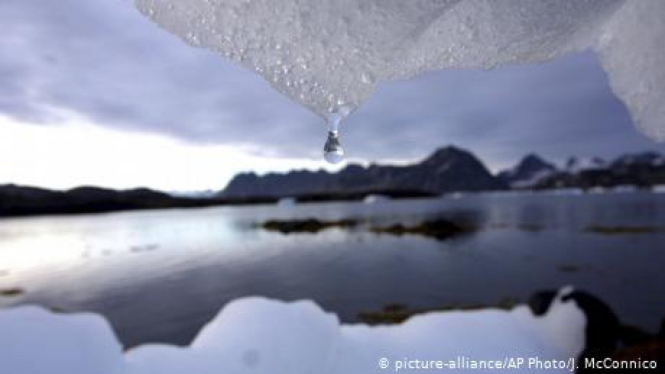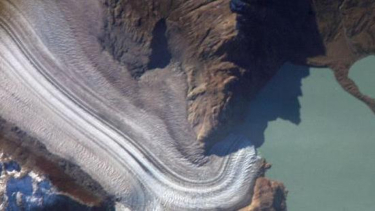- dw
VIVA – An ancient creature emerged from the melting glaciers. The extinct megafauna looks remarkably well-preserved from the woolly rhinoceros to the remains of a 40,000-year-old giant wolf and bacteria over 750,000 years old.
As quoted from the Science Alert site, Thursday, October 27, 2022, centuries-old moss can come back to life in the warmth of a laboratory. So the tiny 42,000-year-old roundworms.
Organisms from the past reveal the history of ancient ecosystems, including details of the environment in which they lived. The thaw has also created some concerns about ancient viruses coming back to haunt us.
"This thawing will not only lead to the loss of archived ancient microbes and viruses but also release them into the environment in the future," explained the researchers in a study last year, led by first author and microbiologist, Zhi-Ping Zhong of Ohio State University.
Gletser.
- dailymail.co.uk
According to the study, the team could identify dozens of unique 15,000-year-old viruses from the Guliya ice sheet on the Tibetan Plateau and gain insight into their function.
"This glacier formed gradually, along with dust and gas. A lot of viruses were also deposited in that ice," Zhong said.
Previous studies have shown microbial communities correlate with changes in dust and ion concentrations in the atmosphere, and can also indicate climatic and environmental conditions at the time.
In ancient frozen records 6.7 kilometers (22,000 feet) above sea level in China, the researchers found that 28 of the 33 types of ancient virus they identified had never been seen before.
Because of the new metagenomic techniques and methods for keeping samples of their ice cores sterile, researchers were able to gain a better understanding of what was really in the ice.
"These are viruses that would have thrived in extreme environments," Microbiologist from Ohio State University, Matthew Sullivan said.
Comparing their genetic sequences to a database of known viruses, the team found the most abundant viruses in both ice core samples were bacteriophages that infect Methylobacterium bacteria significant to the methane cycle within the ice.
It is related to a virus found in Methylobacterium strains in plant and soil habitats. The team concluded this frozen virus likely originated in soil or plants and facilitated nutrient acquisition for its host.
The specter of an ancient virus looks very worrying after the Covid-19 pandemic. They think about the fauna that will be released because of the melting ice.
It is known that ice can hold insights into past environmental changes as well as the evolution of viruses.
"We know very little about viruses and microbes in these extreme environments, and what is actually there," an Earth scientist, Lonnie Thompson remarked.


























